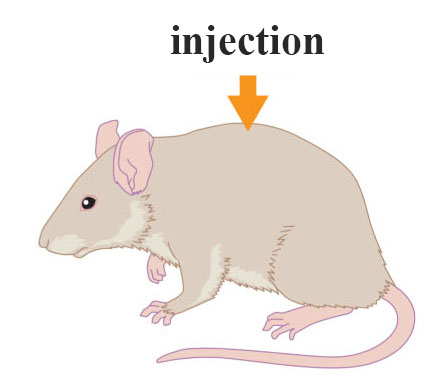Why are chemicals (e.g., nitrapyrin) added to ammonia-containing fertilizers for agricultural applications?
a. to ensure long-term stability of the uncharged N compound
b. to minimize production of NO
c. to prevent the formation of leachable nitrate (going into waterways)
d. all of the above
Answer: C
You might also like to view...
The gene (IGF1) that encodes a growth hormone has one allele (IGF1-A) that is found in small dogs but not in dogs that are very large. What does this suggest about body size of small dogs?
A. Body size depends on how much growth hormone is produced during early fetal development. B. Body size depends on whether or not the IGF1-A allele is present, if it is the dog grows very large, if it is not present the dog retains a small size. C. It suggests that small dogs are small because the IGF1-A allele is expressed, perhaps inhibiting the growth of the dog and the release of growth hormone. D. It suggests that small dogs have more growth hormone released during fetal development but none released after the birthing process. E. Body size depends on nutrition, not on genetics.
Which of the following statements is NOT
correct about osmosis and plant cells?
a. Water tends to diffuse from soil into young plant cells, thus creating an osmotic pressure. b. Turgor pushes against the cell walls from the outside, so it keeps the cells plump. c. If the concentration of solutes becomes higher in the soil than in plant cells, water molecules will tend to diffuse out of plant cells. d. The cytoplasm of plant cells would typically contain more solutes than soil water. e. Osmosis is the diffusion of water molecules across the plasma membrane of plant cells.

A. the mouse will live B. the mouse will became fatally ill and live S strain bacteria will be detected in its blood C. the mouse's blood will contain live pathogenic R strain bacteria D. the dead S strain bacteria will transform to live R strain bacteria E. DNA from the live R strain bacteria will revive the dead S strain bacteria
An endotherm is more likely than an ectotherm to have a narrow thermal niche.
a. true b. false